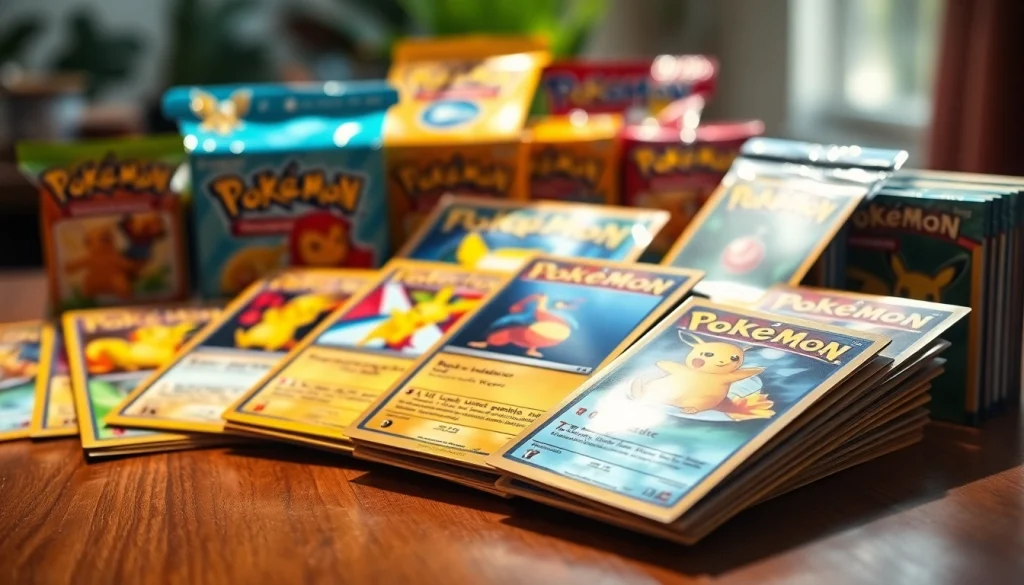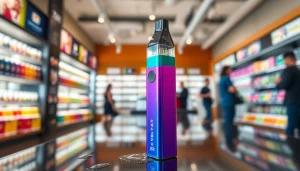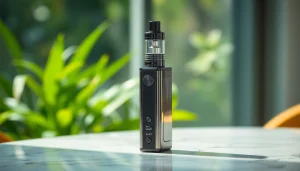Where to Find Authentic Real Pokemon Cards: Tips and Trusted Sources

Understanding Real Pokémon Cards
The world of Pokémon cards is vast and continuously growing, drawing fans of all ages into its enchanting realm. Among the excitement lies a significant concern: how to distinguish real Pokémon cards from counterfeit ones. This article will delve into the essential aspects of identifying authentic cards and the implications of investing in high-quality collectibles.
Identifying Authentic Features
Real Pokémon cards possess distinctive features that can help identify their authenticity. Here are some key aspects to consider:
- Card Stock and Print Quality: Authentic Pokémon cards are printed on high-quality cardstock and have a specific texture. The printing process ensures vibrant colors and sharp details.
- Holographic Elements: Many rare Pokémon cards feature holographic elements that catch the light in unique ways. These holographic images should be clear and not faded or inconsistent in appearance.
- Weight and Feel: Genuine Pokémon cards have a specific weight and feel. Holding a card should give it a solid and robust presence; fakes often feel flimsy or overly lightweight.
- The Blue Core: A critical feature of real Pokémon cards is the blue core, which is found in the center of the card. This core is visible when held up to bright light, appearing as a thin blue line or center.
Common Forgery Tactics
Counterfeit Pokémon cards have become increasingly sophisticated as demand for collectible cards rises. Here are some common tactics used by forgery factories:
- Ink Quality: Forged cards often use inferior ink, leading to faded designs or poor print quality. If the design appears dull or the colors don’t pop, it might be a fake.
- Incorrect Card Size: Authentic Pokémon cards have precise dimensions (2.5 x 3.5 inches). Measuring the cards can reveal discrepancies in size, which often indicates forgery.
- Skilled Scanning and Printing: Some counterfeiters employ advanced printing techniques, making it increasingly challenging to discern fakes from the real thing. Experts suggest utilizing a magnifying glass to inspect minute details.
Importance of Card Condition
The condition of a Pokémon card directly affects its value and desirability amongst collectors. Notable conditions include:
- Mint Condition: Cards that show no signs of wear or damage are considered mint and can fetch higher prices in the market.
- Near Mint: Slight imperfections but overall excellent appearance—sought after by collectors.
- Good to Poor: Cards with visible scratches, bends, or discoloration are usually less valuable. However, they may still have sentimental value for players or collectors.
In conclusion, diligently assessing the authentic features, understanding common forgery tactics, and acknowledging the importance of card condition are imperative for anyone venturing into the hobby of collecting Pokémon cards.
Where to Buy Real Pokémon Cards Online
When looking to expand your Pokémon card collection online, choosing reputable sources is crucial. The market is rife with options, but only a few guarantee the authenticity of their products.
Trusted Retailers and Marketplaces
Purchasing from established retailers is one of the safest ways to acquire real Pokémon cards:
- Pokémon Center: The official website for Pokémon products offers a wide variety of TCG cards and accessories. This ensures authenticity and quality.
- Amazon: While it hosts numerous sellers, caution should be exercised by assessing seller ratings and reviews before purchasing.
- TCGPlayer: This platform specializes in trading card games and allows customers to compare prices from multiple sellers, ensuring they find competitive deals on genuine cards.
Analyzing Seller Ratings and Feedback
Before finalizing a purchase, scrutinize seller ratings and reviews. Legitimate sellers often have a rich history of satisfied customers, and feedback can reveal their reliability and the quality of their cards. Be wary of sellers with no reviews or negative feedback; they could be potential red flags.
Specialty Shops vs General Sellers
Specialty shops usually have a better understanding of Pokémon products and are more likely to offer authentic items compared to general sellers. It is worthwhile to explore local game stores or websites dedicated to trading card games as they often provide expert advice and valuable insights.
Buying Real Pokémon Cards Locally
Local purchases present unique benefits and opportunities for Pokémon card collectors. Building networks, supporting local businesses, and avoiding shipping fees are just a few advantages of in-person buying.
Finding Local Game Stores
Start by searching for local game stores in your area. These shops typically host Pokémon events, stock current sets, and often have knowledgeable staff willing to assist.
Many game stores are part of the official Pokémon League program offering gameplay opportunities, which can also lead to trading encounters with other collectors.
Community Events and Trading Days
Participating in community events such as Pokémon League tournaments or trading days can be an excellent way to enhance your collection. These events are often hosted at local game shops and provide a perfect setting for networking with fellow collectors.
Engaging with community members can also lead to exclusive trades, helping you find specific cards to complete your collection.
Networking with Collectors
Get to know your fellow enthusiasts; networking can open up incredible opportunities for trades, deals, and insider information about rare card collections. Social media platforms and forums dedicated to Pokémon collecting serve as excellent tools for this purpose.
Evaluating Prices and Values
Understanding the market is vital when investing time and money into Pokémon cards. Knowledge of card values can help ensure you are making informed decisions.
Understanding Market Trends
The trading card market often fluctuates due to various factors, including game releases, competitive play, and popularity of certain Pokémon. Monitoring trends and keeping an eye on community discussions can provide valuable insights into potential price changes.
Price Comparison Tools
Various online tools allow you to compare prices across different platforms, helping you make informed purchases. Utilizing resources like TCGPlayer can streamline the process of identifying the best deals.
Evaluating Trade Opportunities
Regularly assessing potential trades ensures that you are getting fair value for your cards. Whether you are trading locally or online, ensure both parties understand the worth of their cards and are comfortable with the swap.
Care and Maintenance of Your Collection
Once you have acquired your Pokémon cards, keeping them in excellent condition should be a priority. Proper care will prolong their life and ensure they maintain their value.
Storing Cards to Prevent Damage
Invest in protective sleeves or binders specifically designed for trading cards. These products help shield cards from dust, scratches, and moisture. Keeping your collection stored in a cool, dry place away from sunlight will further enhance its longevity.
Cleaning and Preservation Techniques
If a card gets dusty, gently wipe it with a soft, lint-free cloth. Avoid any harsh cleaning products that can damage the printing or surface. Consider consulting experts or online resources dedicated to card cleaning for additional tips.
Assessing the Value for Resale
If you’re looking to sell or trade your collection, regularly reassessing the market value of your cards will help you get the most from your investment. Factors that influence card value include rarity, condition, and demand within the community.
In conclusion, becoming an informed Pokémon card collector involves understanding both the intricacies of identifying real cards and the market in which they exist. By actively engaging with the community, learning about buying techniques, and maintaining your collection, you can enjoy a fulfilling journey in the world of Pokémon collectibles.






